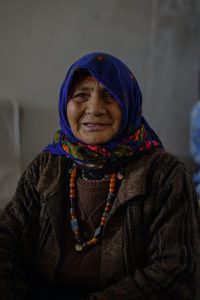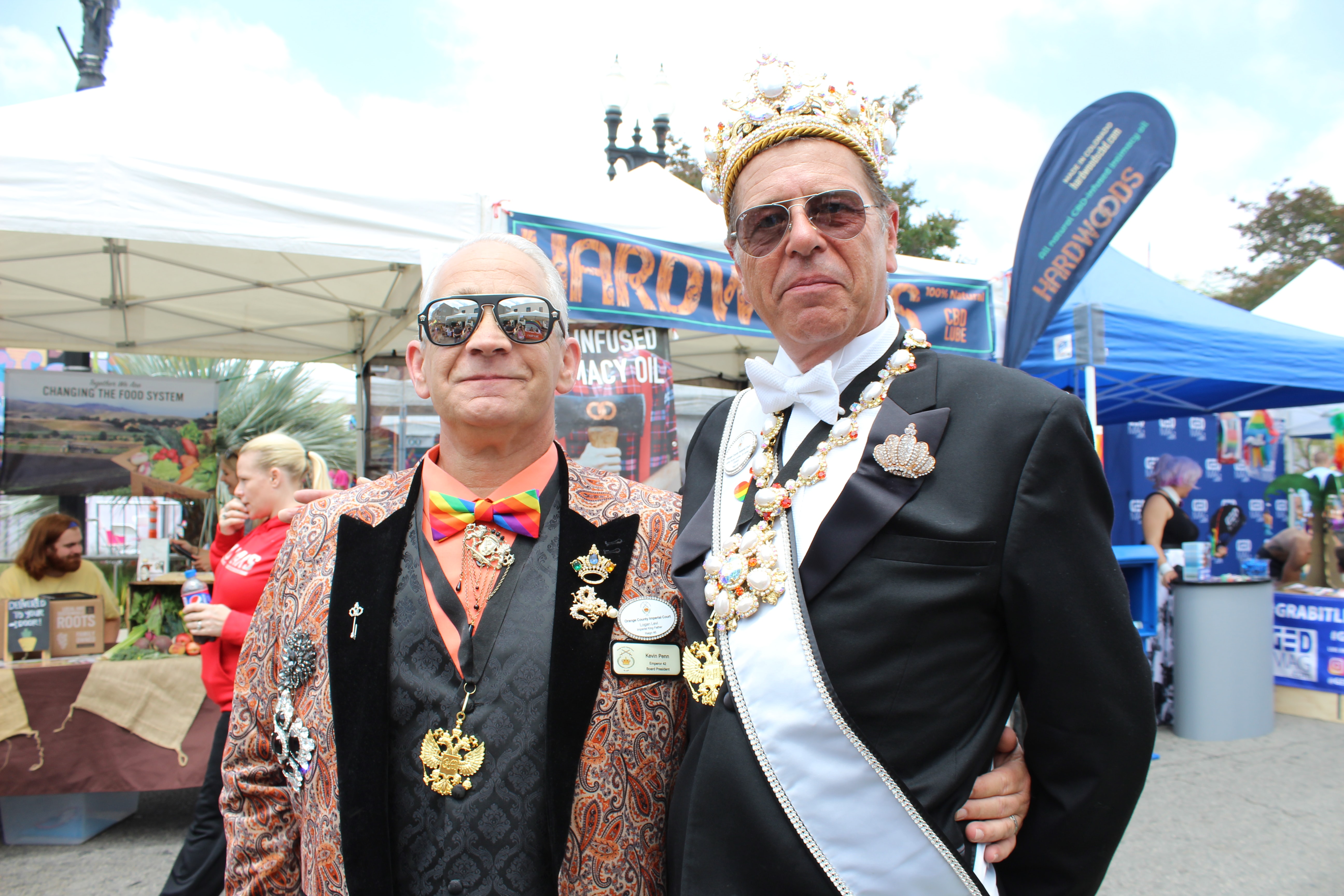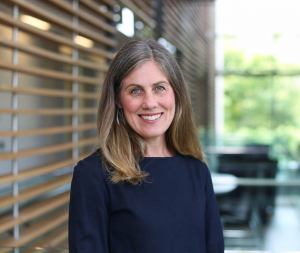Staying Socially Connected

“The biggest thing about getting old is just being ignored. The phone doesn’t ring as often and anyway you don’t have many exciting things to talk about because we don’t do as many things as we used to. We’re not invited to things like we used to be. My children don’t do it deliberately but I guess because of my age they think that I wouldn’t have fun, but you’re not even given the option to say, ‘No, I don’t want to go’. I find that is happening more and more…and COVID isn’t helping either.”
– Pat Weatherwall (story collected by Samantha Jagasar, student occupational therapist)
Humans are social creatures by nature, and this remains true as we age. We may develop new relationships, our current relationships may change, and friend circles may shrink, but having a sense of community and connection remains important.
Relationships provide us with purpose; satisfy our need to love and be loved; and allow us to share thoughts, feelings, and ideas. Our support network allows us to feel safe, visible, and respected, and allows us to give back to others. Research has shown that having a strong social network is key to maintaining a high quality of life, and if neglected, may lead to health problems like depression, cognitive decline, and heart disease.
Individual social needs vary; our unique personalities and cultures can influence how much, and what social activities we desire.
We can face major obstacles to our social relationships. For some of us, there may be a natural thinning of our social circles as loved ones pass away or move away. As our bodies change, attending social gatherings can become a challenge, not to mention our ability to perform in a social context (e.g. those living with hearing loss), or connect with people. Today’s cities, towns, and rural settings are not always designed to accommodate the ways our bodies change over time. New technologies may work for some of us, but not for those of us who either lack the funds for expensive equipment or access to related learning opportunities.
Sexuality and gender identity, especially as we age, are rarely discussed. Too often, we tend to ignore or overlook this area of our lives, even though for many of us it remains an essential part of satisfying needs like intimacy, affection, and connection.
Our older years may offer new and valued opportunities for social engagement. Many of us may have the good fortune to become grandparents, serve as community leaders, volunteers, or become active politically as citizen advocates.
How Do Social Relationships Change As We Age?
Loss
We may experience changes to our social relationships for a variety of reasons. Our social networks may shrink due to major life changes, like retirement, relocation, and illness. We may experience the death of a spouse, or other close family and friends.
Health Conditions
Health conditions like chronic lung disease, arthritis, and depression may affect our ability to maintain social relationships and socialise, but many of these challenges can be overcome with support.
Culture and Social Settings
Our beliefs, social skills, habits, and routines as well as the social and cultural settings in which we live shape how we interact with others. In certain cultures and religious traditions, old age is thought of as a time for withdrawal. As a result, these people may feel pressured to downplay the need for social interactions to conform to these cultural and societal norms. If we feel the desire to withdraw and disengage, our friends, family, and care providers may see this as negative and pressure us to socialise.
Ageism
Age-related discrimination is experienced by many of us and can lead to social exclusion. Ageist attitudes and stereotypes exist and can lead to social exclusion or even “internalised ageism” where we buy into negative stereotypes about ourselves. The recent Covid-19 pandemic has highlighted the gaps in support available for senior citizens needing long-term care or home care. This is because of ageist social and health policies, and when linked with other forms of social discrimination (e.g., racism, ableism, classism) has a detrimental impact on people’s ability to engage socially or even live safely.
Physical Environments and Changing Technology
Our environment can interfere with our ability to engage in meaningful social activities. For example, public transportation is not always available or accessible, especially for those of us living with mobility changes. Some people may need to give up driving, leaving them more dependent on others.
As our social relationships change, interactions with the mailman or the cashier are sometimes our only chance to have a conversation for the day. However, new technologies have significantly changed the way we interact with one another. For instance, online shopping and self-checkout systems at grocery stores remove the need to interact with store employees. For those of us who did not grow up in a world of smartphones, computers, and tablets, the rapidly evolving nature of technology can make it harder to keep up and puts us at risk of being left behind.
Relationships in Our Golden Years
“After 32 years, my wife said that she wanted a divorce. The divorce left me emotionally and financially broken. With the divorce, also came the fall of many friendships of people who ‘didn’t want to get involved’ with taking sides between my ex-wife and I. I began to fall into depression with the idea of no longer having a career, marriage, or identity. I stopped attending my local church that my ex-wife I previously went to because I was afraid of what people would think of my broken marriage and my poor physical health. Then came my first grandchild Amelia. She saved me, she gave me purpose again and filled me with love.”
Growing older can bring many positive social changes. Although our social network may shrink, our interactions tend to be more fulfilling as we get older. Research has found that as we age, we receive greater support from our close social ties, have fewer arguments, and have better marriages, leading us to experience fewer negative emotions. Some research also states that we develop ‘social expertise’ that allows us to make better judgements about potential partners and use strategies that help us avoid confrontations.
Some social role changes can bring immense joy, like becoming a grandparent. A recent study showed grandparents who care for grandchildren are less likely to feel isolated and lonely. We also gain self-esteem from helping our families and develop strong relationships with our children and grandchildren.
As we age, we have more time to reconnect with old friends and maintain current friendships. Older age may also bring about greater self-confidence, which will open us up to forming new friendships and allowing us to end unhealthy friendships. In turn, we develop stronger friendships with people we are truly connected with.
“When I moved to this apartment building for seniors, I worried that I would become an old lady who just sits in her rocker chair all day. But this has been a very positive experience. I am happy with my decision. I have met some great friends here. I stay active by participating in different activities, events, and social gatherings with the other tenants in my building. I volunteer to make coffee every morning for everyone, plan events, play darts, attend exercise classes, read books from the library, and go to church with others. I think it’s important to stay active and connected as I age. This has made a huge difference in my quality of life and in my happiness, so I often motivate my neighbours who are less social to come to join us for morning coffee.”– Wendy
Encountering Loneliness

“Of all the things in life, I was the least prepared for dealing with the loss of friends and family. In the past year alone, seven friends have passed away. Nearly five years ago, my best friend was diagnosed with Alzheimer’s disease, and no longer recognizes me. The hardest period of my life was the death of my husband after 60 years of marriage. I was completely lost without my best friend. When he died, I also lost my independence and my social support. He was the only one who had a driver’s license. I couldn’t and do things with my friends anymore. I was cut off from everything. I felt numb and fell into a deep depression.
– Amita
Loneliness is not the same as social isolation; people experience it differently regardless of their number of social contacts. Loneliness is the difference between a person’s desired and actual level of social contact. Social isolation measures the number of relationships that a person has, but doesn’t speak to the quality of these relationships.
We can be isolated without feeling lonely, or feel lonely while being surrounded by people. However, social isolation can lead to loneliness, and loneliness can lead to social isolation. They can also occur at the same time.
Several physical and mental health conditions, such as high blood pressure, Alzheimer’s disease, and even death, have been linked to social isolation and loneliness.Those of us who are lonely are more likely to live in an unhealthy situation; greater levels of smoking, poor nutrition, and inactivity are linked to loneliness. Feeling lonely can worsen existing health conditions as well. Social isolation among older adults is associated with higher rates of depression and suicide. When we are lonely, we find it hard to reach out. There is a stigma surrounding loneliness, and we might not want to ask for help due to pride, or fear of what others will think.

Inequality Fuels Loneliness

People from historically marginalised groups are at a greater risk for loneliness in older age. A lack of social support creates a greater risk for social isolation.
- Over the course of their lives, Indigenous people who have experienced colonisation, face unemployment, poverty, substandard housing and fewer healthcare resources. A history of stigma can make it difficult to receive compassionate healthcare, and those who live in more rural and remote areas are more prone to the risks associated with social isolation.
- LGBT+ adults are at a greater risk of lacking adequate support systems. Older LGBT+ folks are likely to be single, live alone, and are less likely to have children. Some may have experienced rejection and estrangement from families and rely on friends for support, but friends of a similar age have their own care needs. Because of fear of harassment and hostility based on their sexual orientation, they may be reluctant to access health services.
- Immigrant seniors have higher levels of loneliness than native-born Canadians. Immigrating to a new country can sever former relationships, and making friendships in a new country can be challenging, especially if we are not fluent in the language. Lack of transportation, small pensions, family and cultural expectations might also contribute to loneliness and isolation of immigrant seniors.
- Those of us living in rural areas lack community support and services, often leading to isolation and loneliness.
Occupational Therapists Can Help Us Navigate New Dynamics
We are not meant to disengage from one another as we age. Social connections are a key factor in healthy ageing.
Providing care to a grandchild, meeting a friend for coffee, attending the community centre, or volunteering can provide physical, emotional, and cognitive stimulation. Older adults with a strong social network have a sense of purpose and a better quality of life, experience superior overall health and wellness, and live longer.
Research shows that most of us are satisfied with our social engagement with others, but some may experience additional barriers, such as those outlined above. Occupational therapists work with individuals, groups, and communities to address the external barriers that prevent some of us from living socially engaged lives. Occupational therapists find creative ways to make our physical environments more accessible, advocate for better services, and work with us as individuals to adapt to our changing bodies and world so we can spend time with the people we love.
Social isolation and feelings of loneliness heightened during the Covid-19 pandemic because of physical distancing and stay-at-home orders. The Canadian Association of Occupational Therapists (CAOT) has produced case studies to highlight the ways occupational therapists have addressed social isolation during the pandemic.

– Audrey
Contributing Authors
Editorial Support
Help us serve you better.




